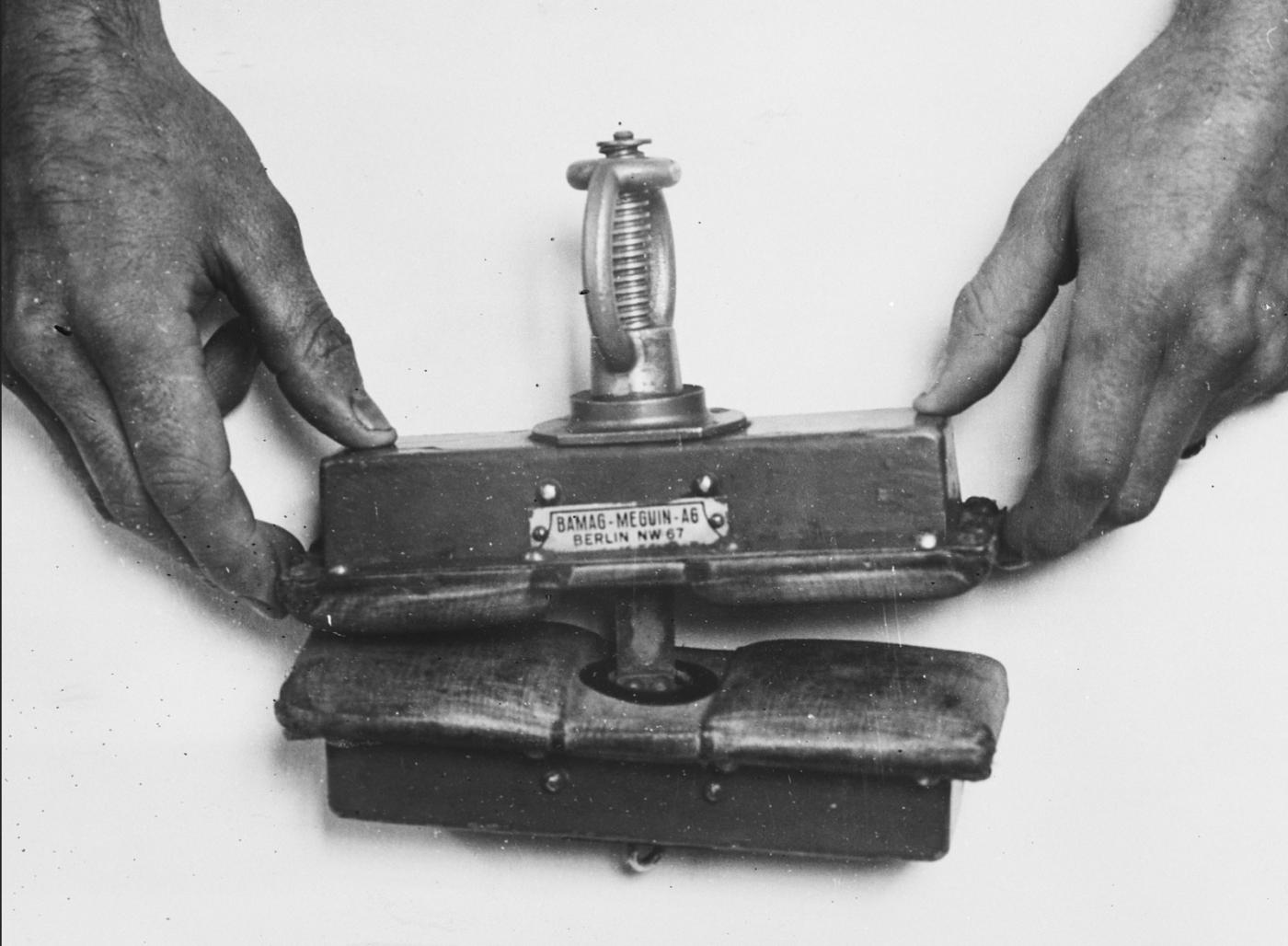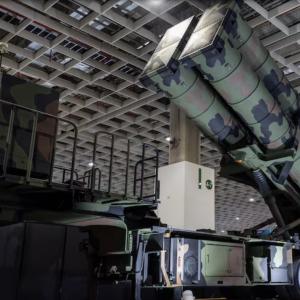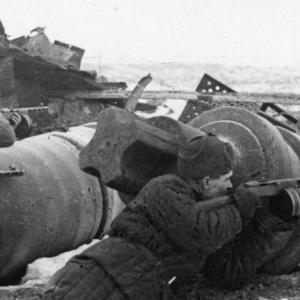
Fort Breendonck
During World War II, Fort Breendonk in Belgium became one of the most feared detention centers under Nazi control. Originally a military fort, it was transformed by the SS and Gestapo into a prison camp used to detain political prisoners, resistance members, Jews, and other targeted groups. What made Breendonk especially terrifying was not just the harsh conditions, but the brutality of the torture inflicted on prisoners within its walls.
Survivors of Breendonk have spoken of relentless cruelty. Prisoners were subjected to intense physical abuse from the moment they arrived. They were stripped of their belongings, identities, and dignity. Guards would beat them with belts, fists, and sticks for the smallest perceived offense. Many were forced to stand still for hours in freezing temperatures, deprived of food and rest. The psychological torment was as real as the physical pain—people lived under constant fear, never knowing when they would be called out for interrogation or worse.
One of the most disturbing aspects of the torture methods at Breendonk involved physical mutilation. Survivors have recalled being taken to special rooms used for interrogations. In these rooms, beatings were common, but some prisoners endured even more sadistic treatment. Among the more brutal methods described was the crushing of hands and fingers. Metal clamps or similar devices were used to inflict severe pain, smashing the delicate bones and joints. The purpose of such torture was clear: extract confessions, break the will, and send a message to others.
Many prisoners left these sessions with permanent injuries—fingers broken or twisted, hands swollen and unusable, sometimes for life. The screams from the torture chamber could be heard throughout the fort, adding to the constant fear that gripped the camp.
The physical layout of Breendonk contributed to its grim atmosphere. It was dark, damp, and claustrophobic. The isolation cells were barely large enough to move in. Inmates were kept in these tiny rooms for days on end, in complete darkness, often with no food or water. Some were forced to endure mock executions, while others were made to watch fellow prisoners being tortured.
Despite all this, many prisoners resisted giving up information. Their strength and defiance under such inhuman treatment is a testament to human resilience. However, not everyone survived the ordeal. Executions were carried out regularly, and those who were not killed outright often died slowly from the effects of torture, starvation, or exposure.
After the war, Fort Breendonk was turned into a memorial, preserving many of the original cells, interrogation rooms, and execution sites. Today, visitors can walk through these spaces and hear testimonies from survivors. Their stories are crucial reminders of what happened there—and of the need to remain vigilant against such cruelty.










